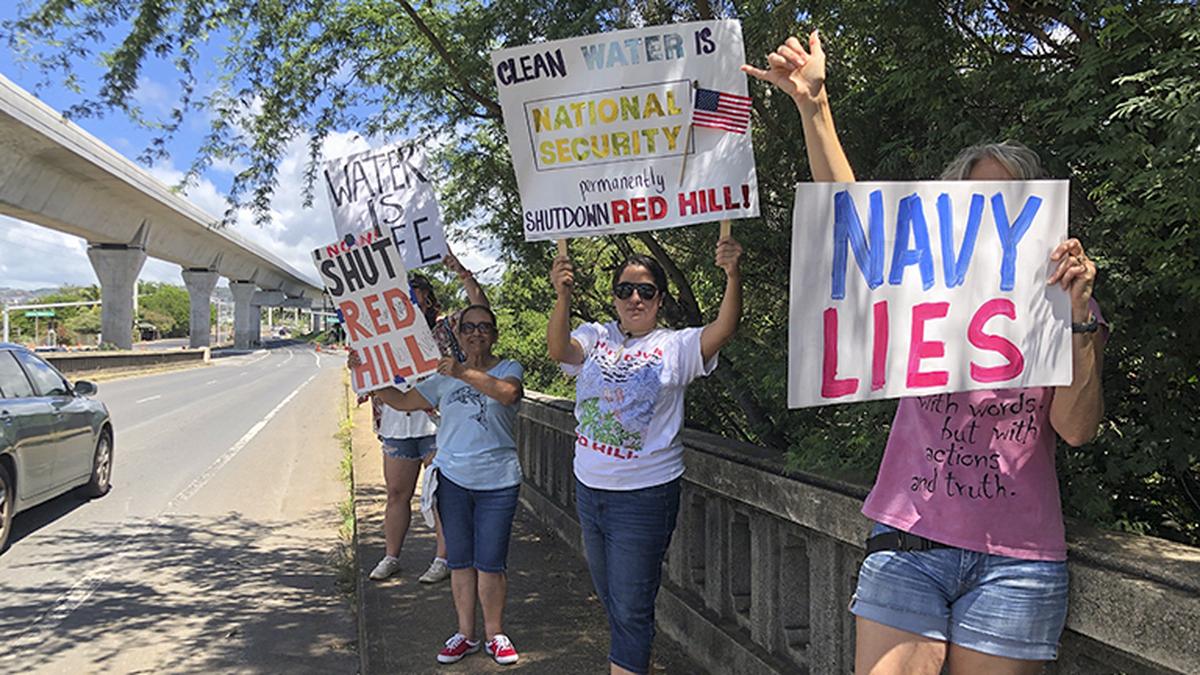
Navy didn't understand risks posed by Hawaii fuel tanks despite studies: U.S. military watchdog
The Hindu
Navy officials lacked understanding of fuel tank risks, leading to massive fuel spill poisoning thousands at Pearl Harbour.
“Navy officials “lacked sufficient understanding” of the risks of maintaining massive fuel storage tanks on top of a drinking water well at Pearl Harbour where spilled jet fuel poisoned more than 6,000 people in 2021,” a U.S. military watchdog said on Thursday (November 14, 2024.)
“The lack of awareness came even though officials had engineering drawings and environmental studies that described the risks,” the U.S. Department of Defence’s (DoD) inspector general said.
The finding was among a long list of Navy failures identified by the inspector general in two reports that follow a years long investigation into the fuel leak at the Red Hill Bulk Fuel Storage Facility. Investigators said it was imperative for the Navy to address its management of fuel and water systems at Joint Base Pearl Harbor-Hickam and recommended that the military assesses leak detection systems at other Navy fuel facilities.
"The DoD must take this action, and others, to ensure that tragedies like the one in November 2021 are not allowed to repeat,” Inspector General Robert P. Storch said in a statement.
The military built the Red Hill fuel tanks into the side of a mountain in the early 1940s to protect them from aerial attack. There were 20 tanks in all, each about the height of a 25-story building with the capacity to hold 47.3 million litres (12.5 million gallons.) The site was in the hills above Pearl Harbour and on top of an aquifer equipped with wells that provided drinking water to the Navy and to Honolulu's municipal water system.
Fuel leaks at Red Hill had occurred before, including in 2014, prompting the Sierra Club of Hawaii and the Honolulu Board of Water Supply to ask the military to move the tanks to a place where they wouldn't threaten Oahu's water. But the Navy refused, saying the island's water was safe.
The 2021 spill gushed from a ruptured pipe in May of that year. Most of it flowed into a fire suppression drain system, where it sat unnoticed for six months until a cart rammed a sagging line holding the liquid. Crews believed they mopped up most of this fuel but they failed to get about 5,000 gallons (19,000 litres.) Around Thanksgiving, the fuel flowed into a drain and drinking water well that supplied water to 90,000 people at Joint Base Pearl Harbour-Hickam.











